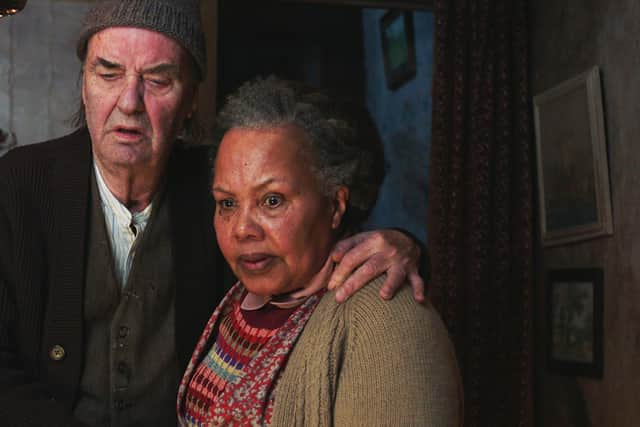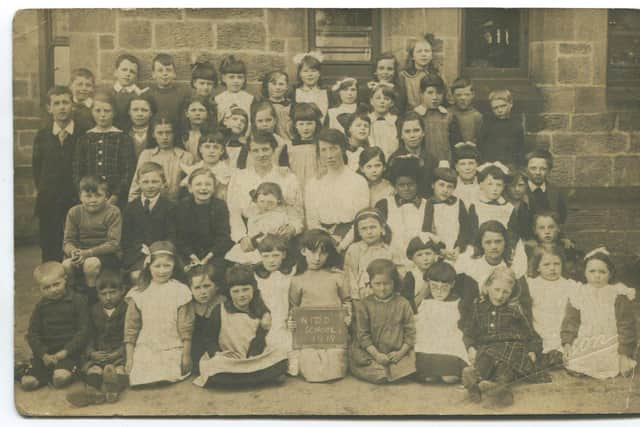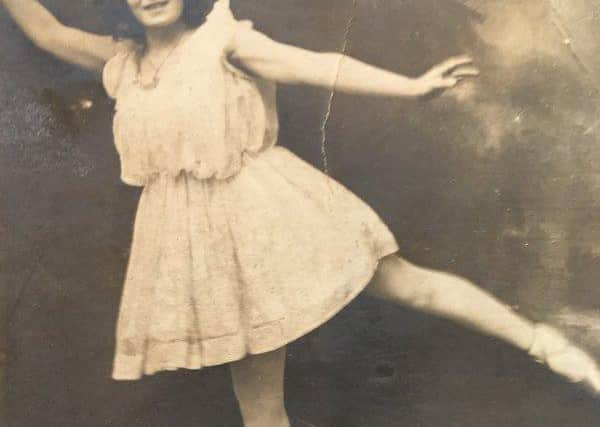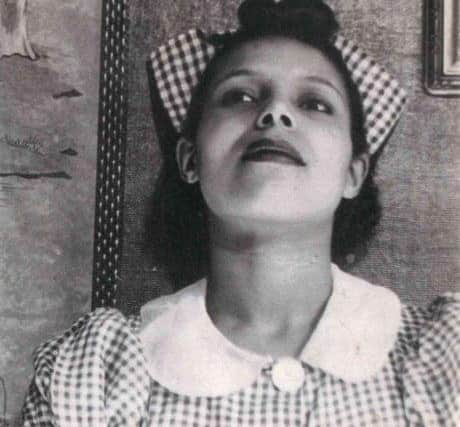All Creatures Great and Small star Cleo Sylvestre reveals how her role was inspired by her own Yorkshire mother
Until she was 38, Cleo Sylvestre thought that her mother, Laureen, had been brought up by a grandmother, Mary. But weeks before dying of cancer aged 72 in 1983, Laureen told her something that came as a complete surprise. She had actually spent most of her childhood in a children’s home near Harrogate. Years later, Cleo uncovered more of the truth about her mother’s early life in Yorkshire.
Laureen was born in Hull on February 19, 1911, to Jessie Goodare, 22, of Goole. The census gives Jessie’s occupation as variety artist. There is little mention of the father in Laureen’s Children’s Society file, but he is referred to once as “probably an African”.
Advertisement
Hide AdAdvertisement
Hide AdJessie gave up her baby. On March 30, Laureen was admitted to All Saints Nursery College, Harrogate, and soon after went to live with a foster mother, Mary Dinsdale, of Burnt Yates, near Harrogate. There she stayed until she was almost six, but was then placed with another foster household close by, with Mrs Dinsdale deemed too old to care for her.


“But my mum kept running away because she loved the other lady so much,” Cleo says.
It was decided to place Laureen in St Margaret’s children’s home, in Nidd. Five years later she was still there, described in a letter as a “fascinating clever pickle and a clean, pure, lovable girl”.
At 15, Laureen went into service at Cayton Hall, South Stainley. “She knew about things like plucking pheasants and skinning rabbits,” Cleo says.
Advertisement
Hide AdAdvertisement
Hide AdCleo told her mother’s story in full for the Africans in Yorkshire website. All Creatures Great and Small director Andy Hay came across the article, met Cleo, and writer Ben Vanstone wove Laureen’s real story into the back story of Anne Chapman, who had been in service when she met farm-hand Bert. Cleo does not know if Anne and Bert will return, but she does hope so.


She is talking to me from her home in Hackney, east London, where she has lived for more than 40 years. It is a Tuesday and usually she would be volunteering at the night shelter, cooking for the homeless. “That’s all gone now because they can’t operate,” she says, sadly. Still, she has been remarkably busy, recording radio plays and training resources.
Before lockdown, Cleo, 75, was singing as her alter ego, Honey B Mama, with the blues band she started when she was 70. One of her daughters (she has three children, Zoe, Lucy and Rupert – Cleo’s husband, Ian Palmer, died 25 years ago) lives close by. “I’ve got some great friends and this is a wonderful neighbourhood,” she says.
Laureen became a Londoner, moving there in 1931 to be a tap dancer, “which was odd, because she never knew that her mother was a tap dancer,” Cleo says. In 1944 she married Trinidadian flight sergeant Owen Oscar Sylvestre (pronounced “sil-vest”). On April 19,1945, she gave birth to a daughter, Cleopatra Mary.
Advertisement
Hide AdAdvertisement
Hide AdCleo was a teenager when she met her Goole family after Laureen wrote to the registrar in Hull to ask if there were any Goodares. “They made us so welcome,” says Cleo. Jessie, it turned out, had married and emigrated to America where she had set up a dancing school. “She used to keep in touch with them but she never ever mentioned my mother, because, I suppose, of the disgrace of having a mixed-race kid.”


Cleo’s own childhood was spent near Euston, a multi-cultural area even in the 1950s. “But I did obviously encounter racism,” she says. “The first day I went to school, somebody came up to me and called me ‘Blackie’, and until then I didn’t even realise I was. I looked around the playground and I thought, ‘Oh God, yes, I am’, and I was terribly upset.” She told her mother. “She said: ‘Well, you are. Your mummy is, your daddy is, don’t be ashamed of it’.”
Laureen and Owen divorced in 1955. Years later, Cleo discovered that her actual father was a lawyer from Sierra Leone. “He used to write these letters, Uncle Ben,” Cleo says. “At the back of my mind I had the feeling that he was more than an uncle.” Cleo and her daughter, writer and TV presenter Zoe Palmer, travelled to Sierra Leone to meet some of Cleo’s half-siblings. Zoe also wrote a play called Fosterling, uncovering Laureen’s records through her research.
Perhaps recognising a performance gene, Laureen sent young Cleo to the Italia Conti Academy. At eight, she was cast in the film Johnny on the Run, by Lewis Gilbert. In the 60s, she became friends with the Rolling Stones, recording a single, To Know Him is to Love Him, with them. “London was very grey, post war, and then suddenly the Sixties and there was this burst of colour and excitement,” she says. “I wouldn’t have grown up in any other time. When I think of people growing up now, particularly in the last year, I just feel so sorry for everybody, being locked down and not able to go to school and meet your friends, go out to a club or disco.”
Advertisement
Hide AdAdvertisement
Hide AdActing won over music. At 22, she made her West End debut in Simon Gray’s The Wise Child, then made history as the first black woman in a leading role at the National Theatre, in the Peter Nichols satire The National Health. She found roles in Ken Loach’s Poor Cow, Cathy Come Home and Up the Junction. In 1970 she became the first black British female TV regular character in Crossroads. “You’d get these people coming up – people who probably would say they didn’t want blacks living next to them – saying [she adopts a perfect Brummie accent], ‘Oh, Melanie, I love your character’, so they saw me as a person and not just an issue or a problem.”


Despite an extensive, ground-breaking acting career, major roles did not roll in as they did for some of her white peers. “It’s like being a hamster,” says Cleo. “People wouldn’t know where to use me or what to cast me in. But hey-ho, it has improved. Something like Bridgerton would never have happened when I was starting out.”
Yet Cleo has worked consistently as an actor and as a writer, director and ambassador for the arts. Her acclaimed one-woman show The Marvellous Adventures of Mary Seacole highlighted the contribution of the British-Jamaican nurse during the Crimean War.
Cleo has also often been called a trailblazer. She says: “When you are doing your own thing, you don’t realise that you might be helping to forge a path for other people. Actors have come up to me and said, ‘thank you, I saw you at the Young Vic and I decided that I could go into acting’. But I’m just Cleo.”
*Read more about Laureen’s story and others at www.africansinyorkshireproject.com.
Comment Guidelines
National World encourages reader discussion on our stories. User feedback, insights and back-and-forth exchanges add a rich layer of context to reporting. Please review our Community Guidelines before commenting.